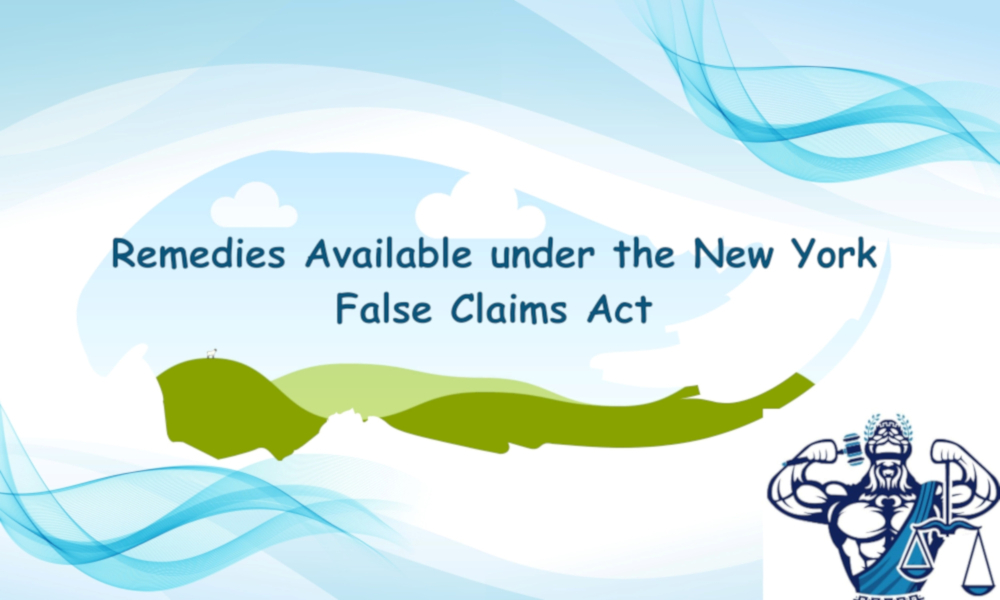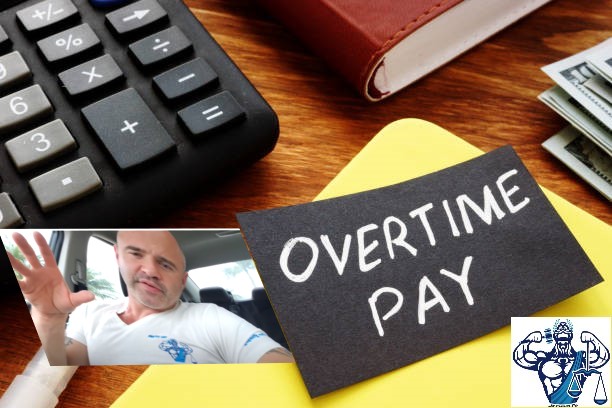Here at the Law Office of Vincent Miletti, Esq. and the home of the #UnusuallyMotivated movement, we take pride as a resilient and dependable legal services firm, providing such services in both a traditional and online, web-based environment. With mastered specialization in areas such as Employment and Labor Law, Intellectual Property (IP) (trademark, copyright, patent), Entertainment Law, and e-Commerce (Supply Chain, Distribution, Fulfillment, Standard Legal & Regulatory), we provide a range of legal services including, but not limited to traditional legal representation (litigation, mediation, arbitration, opinion letters and advisory), non-litigated business legal representation and legal counsel, and unique, online legal services such as smart forms, mobile training, legal marketing and development. Still, we feel obligated to enlighten, educate, and create awareness, free of charge, about how these issues and many others affect our unusually motivated® readers and/or their businesses. Accordingly, in order to achieve this goal, and as part of our continued commitment to you, we have committed ourselves to creating authoritative, trustworthy & distinctive content, which is featured as videos that are posted on our YouTube Channel https://www.youtube.com/channel/UCtvUryqkkMAJLwrLu2BBt6w and blogs that are published on our website WWW.MILETTILAW.COM. With that, the ball is in your court and you have an effortless obligation to subscribe to the channel and sign up for the Newsletter on the website, which encompasses the best way to ensure that you stay in the loop and feel the positive impact of the knowledge bombs that we drop here!
In the past, we have mentioned that while we are the authoritative force in employment and labor law, we are also big on other areas of law, such as e-commerce and intellectual property. Accordingly, we have, in our past videos and blogs, created content on several key issues of intellectual property, including non-fungible tokens (NFT) and passive income, DeFi (Decentralized Finance), how to make sure that your brand is truly original, and how to protect your brand. In order to continue educating you through such informative and exciting content, this blog introduces you to our video titled “Responding To A Likelihood of Confusion (2d) Determination.” Feel welcome to hit the link provided at the end of the blog and check it out!
As a way of setting the context, let us consider the following scenario.
Recently, we handled a challenging, yet interesting case of a client who came up with a brand and wished to register it as their intellectual property. However, the USPTO (United States Patent and Trademark Office) provided this client with feedback stating that the brand and the application were confusing with something else, which translates into what is known as a likelihood of confusion refusal or a 2d refusal.
While our aim is to provide you with a hands-on guide on how to tackle these issues, it is crucial to mention that the process of examining a brand is completely arbitrary. This is because, while some examiners do not give a damn about the existence of confusing marks, others are outstandingly interminable when it comes to making sure that no such confusing marks exist. From a personal perspective, the USPTO and their feedback is just like a box of chocolate, there is absolutely no way you can tell which one you will get.
Let us dive right into it!!
Let us assume that you have come up with a really nice brand (accompanied with a logo) for your business and have applied for trademark registration with USPTO. However, normal to the human nature, you grow impatient and go ahead to print and brand your products with your logo. After all, you are just like every business person – optimistic to take over the market by storm and make it in life. Having moved at the usual snail’s pace, the USPTO responds to your brand with a 2d refusal after six months. They tell you that your brand has confusing marks and they found a similar in Sri Lanka, the Maldives, or who knows where else in the world. Such is not good news and, therefore, shock grips you like a vice. Relax because it is at this point that we come to your rescue with tips on how to respond and tackle the predicament.
In most cases, the USPTO usually settles on two elements that they tend to focus on. Essentially, the whole test for the likelihood of confusion derives from a case termed as a “Du Pont,” which asks a set of 13 questions that form the rationale used by examiners to determine whether there is something confusing with your brand or not. Unfortunately, we are aware that they loathe following this process, but rather like referring to a sentence that says something to the effect of “Well, although not all Du Pont factors are relevant, there are generally two key considerations of any likelihood of confusion analysis – the similarities between the marks and the relatedness of compared goods and/or services.” Unfortunately, they use this language a technical knockout for not looking at all other questions except with regards to those two.
In order to beat them in their own game, we will address each of these 13 questions (framed as statements) and be armed with information on how to respond to a possible 2d refusal response.
- The similarity or dissimilarity of the marks in their entireties as to appearance, sound, connotation, and commercial impression.
- The similarity or dissimilarity of the nature of the goods or services, as described in an application or registration or in connection with which a prior mark is in use.
- The similarity or dissimilarity of established, likely-to-continue trade channels.
- The conditions under which and the buyers to whom sales are made (i.e., “impulse” vs. careful, sophisticated purchasing).
- The fame of the prior mark (sales, advertising, length of use).
- The number and/or nature of similar marks in use on similar goods.
- The nature and extent of any actual confusion.
- The length of time during and conditions under which there has been concurrent use without evidence of actual confusion.
- The variety of goods on which a mark is or is not used (house mark, “family” mark, product mark).
- The market interface between applicant and the owner of a prior mark, such as: (a) A mere “consent” to register or use; (b) Agreement provisions designed to preclude confusion (i.e., limitations on continued use of the marks by each party); (c) Assignment of mark, application, registration, and good will of the related business; and (d) Laches and estoppel attributable to owner of prior mark and indicative of lack of confusion.
- The extent to which applicant has a right to exclude others from use of its mark on its goods.
- The extent of potential confusion (i.e., whether de minimis or substantial).
- Any other established fact probative of the effect of use.
Easier said than done, we won’t go down the entire list unless the blog will be 300 pages long. Rather, based on many years of experience in intellectual property law and having seen at least a hundred marks and applications go through our hands, we shall dwell on what happens most of the time with these issues. At the end of the day, the goal is to help you stay ahead of the game when it comes to navigating and tackling these issues.
If you ever find yourself in this situation, here are our top three considerations, selectively and specially outlined by our one and only Mr. Vinny Miletti Esq., the #MostJacked intellectual property lawyer who distinguishes himself with many years of experience in online legal services.
Know who the target customer is and the trade channels in which you deliver.
The most powerful case law that you can reference to out there is the one that focuses on the consumer base or who your target customer is going to be. Irrespective of what good or service you are selling, to whom you are selling to is very critical especially when there is no confusion with some other brand name out there.
Know the actual products or goods at issue.
Here, you need to ask yourself what you are actually selling because you will find that there is no overlap 99% of the time and, hence, no apparent confusion.
Know if there is even a little bit of confusion to be concerned about.
This might sound awkward, but it is crucial that you evaluate whether there a bit of confusion, even if little, or not. Knowing this gives you an upper hand in your argument and, henceforth, a solid defense against the 2d refusal feedback. Assuming that the USPTO responds after 6 months, you could argue that there has been no confusion and, hence, why should it start now, especially when there has been no history of such a confusion whatsoever.
In a nutshell, while all the 13 questions are crucial, you should make sure to have our top 3 on your fingertips so that you can stay ahead of the game when it comes to defending your brand and tackling the likelihood of confusion refusal challenge.
We invite you to review our video at https://www.youtube.com/watch?v=veHJQ0NcocE
Stay tuned for more guidance and counsel and, as always, strive to be #UnusuallyMotivated. In the interim, reach us out at the Contact Us page for answers to your questions and/or comments and business legal representation.
Always rising above the bar,
Isaac T.,
Legal Writer & Author.
 314-648-2586
314-648-2586 CALL US NOW
CALL US NOW








